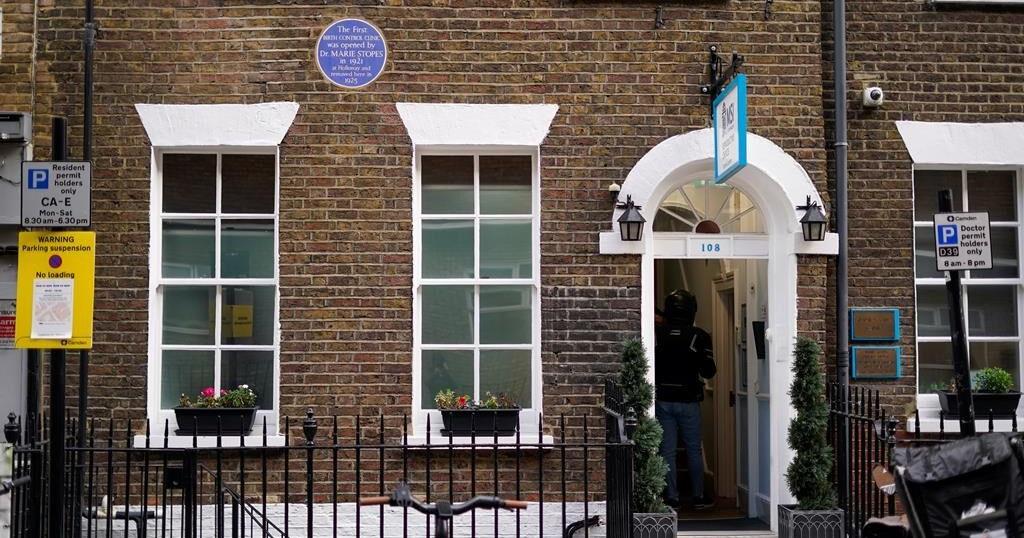LONDON (AP) — A British ban on protesting outside abortion clinics went into effect on Thursday, though it left a question mark over whether anti-abortion demonstrators who pray silently will be breaking the law.
The law, which applies to England and Wales, bars protests within 150 meters (164 yards) of clinics. Scotland and Northern Ireland, which make their own health policies, recently enacted similar bans.
The new rules make it an offense to obstruct someone using abortion services, “intentionally or recklessly” influence their decision, or cause “harassment, alarm or distress.” Offenders face a fine, with no upper limit.
The buffer zone rule was passed 18 months ago as part of the previous Conservative government’s Public Order Act, but wrangling over whether it would apply to silent prayer protests, and a change in government in July, have delayed it taking effect.
The Crown Prosecution Service says silent prayer near an abortion clinic “will not necessarily commit a criminal offense,” and police say they will assess each case individually.
Anti-abortion campaigners and religious groups argue that banning silent-prayer protests would be an affront to freedom of religion. But pro-choice campaigners say silent anti-abortion demonstrators are often intimidating to women entering clinics.
“It’s difficult to see how anyone choosing to perform their prayers right outside an abortion clinic could argue they aren’t attempting to influence people — and there are countless testimonies from women who say this makes them feel distressed,” said Louise McCudden, U.K. head of external affairs at MSI Reproductive Choices, one of Britain’s biggest abortion providers.
In March 2023, lawmakers rejected a change to the legislation proposed by some conservative legislators that would have explicitly allowed silent prayer within the buffer zones. The final rules are a potentially messy compromise that is likely to be tested in court.
Crime and Policing Minister Diana Johnson said she was “confident that the safeguards we have put in place today will have a genuine impact in helping women feel safer and empowered to access the vital services they need.”
But Bishop John Sherrington of the Catholic Bishops’ Conference of England and Wales, said the government had “taken an unnecessary and disproportionate step backwards” on religious freedom.
“Religious freedom includes the right to manifest one’s private beliefs in public through witness, prayer and charitable outreach, including outside abortion facilities,” he said.
Abortion is not as divisive an issue in the U.K. as in the U.S., where women’s access to terminations has been rolled back, and banned in some states, since the Supreme Court overturned the landmark Roe v. Wade ruling in 2022.
Abortion was partly legalized in Britain by the 1967 Abortion Act, which allows abortions up to 24 weeks of pregnancy if two doctors approve. Later abortions are allowed in some circumstances, including danger to the mother’s life.
But women who have abortions after 24 weeks in England and Wales can be prosecuted under the 1861 Offenses Against the Person Act. Last year a 45-year-old woman in England was sentenced to 28 months in prison for ordering abortion pills online to induce a miscarriage when she was 32 to 34 weeks pregnant. After an outcry, her sentence was reduced.
